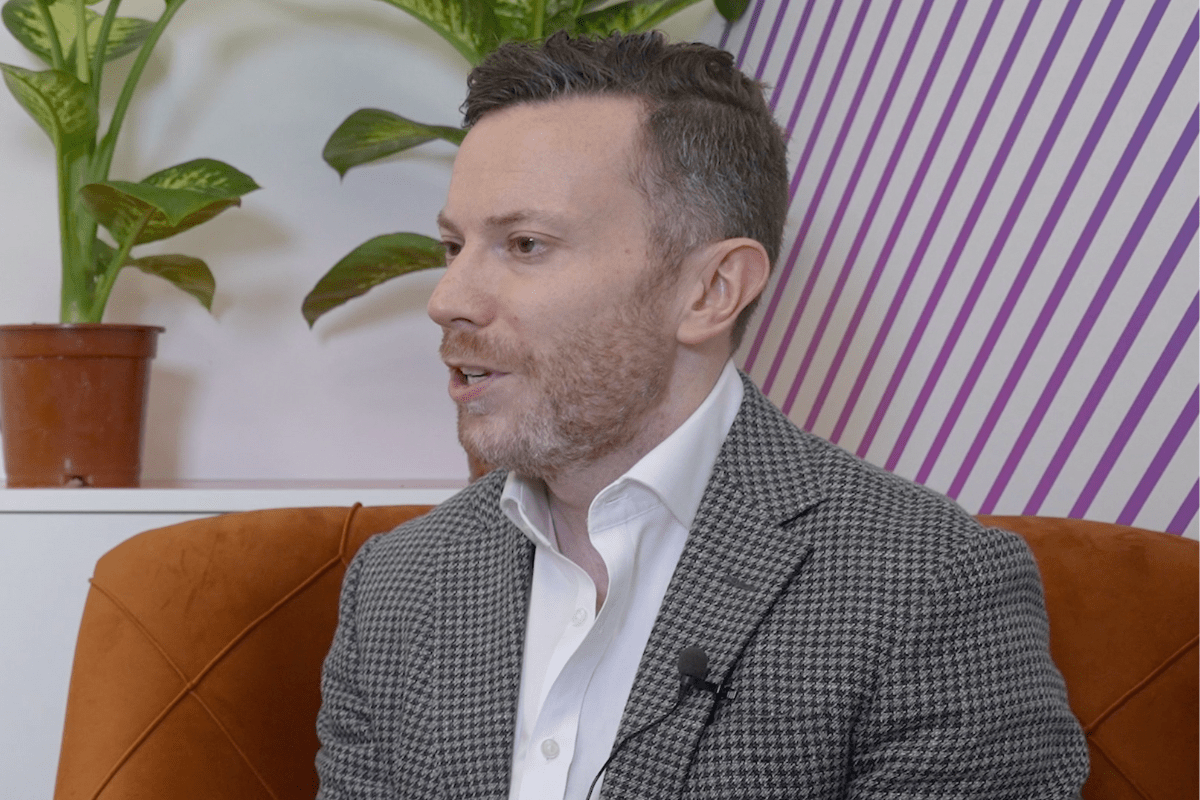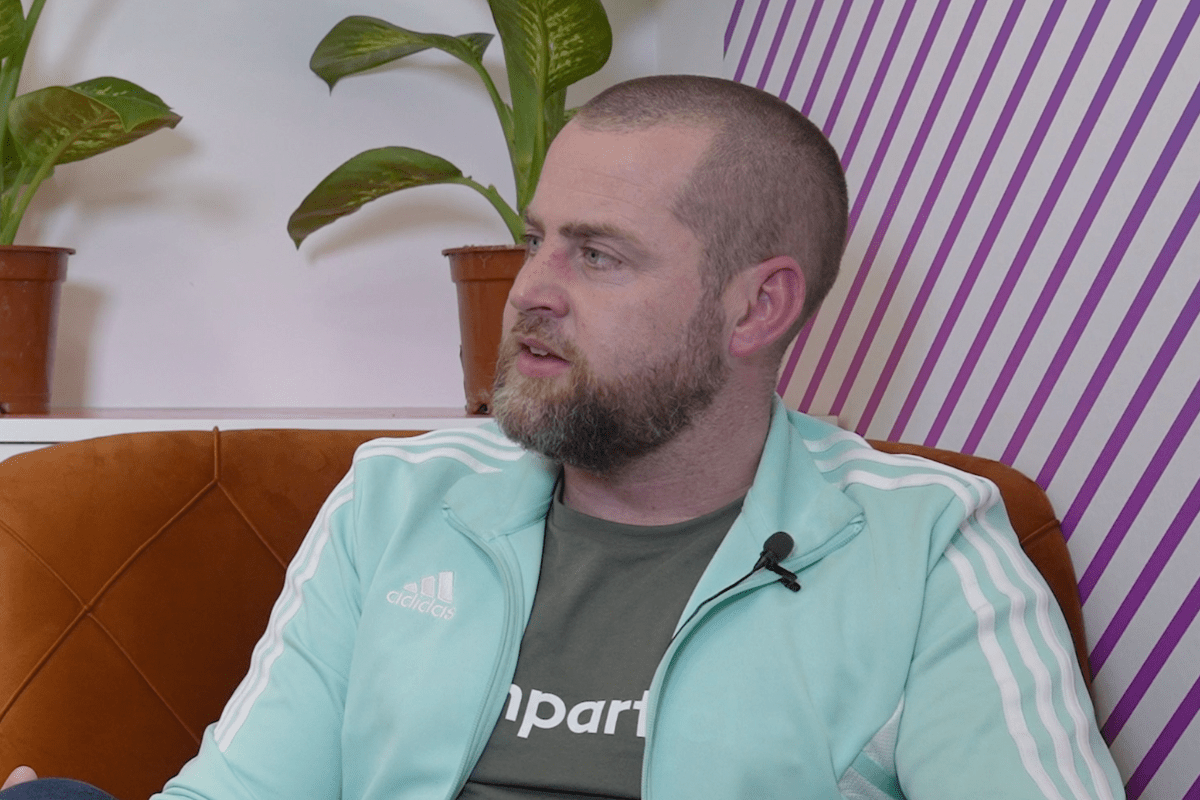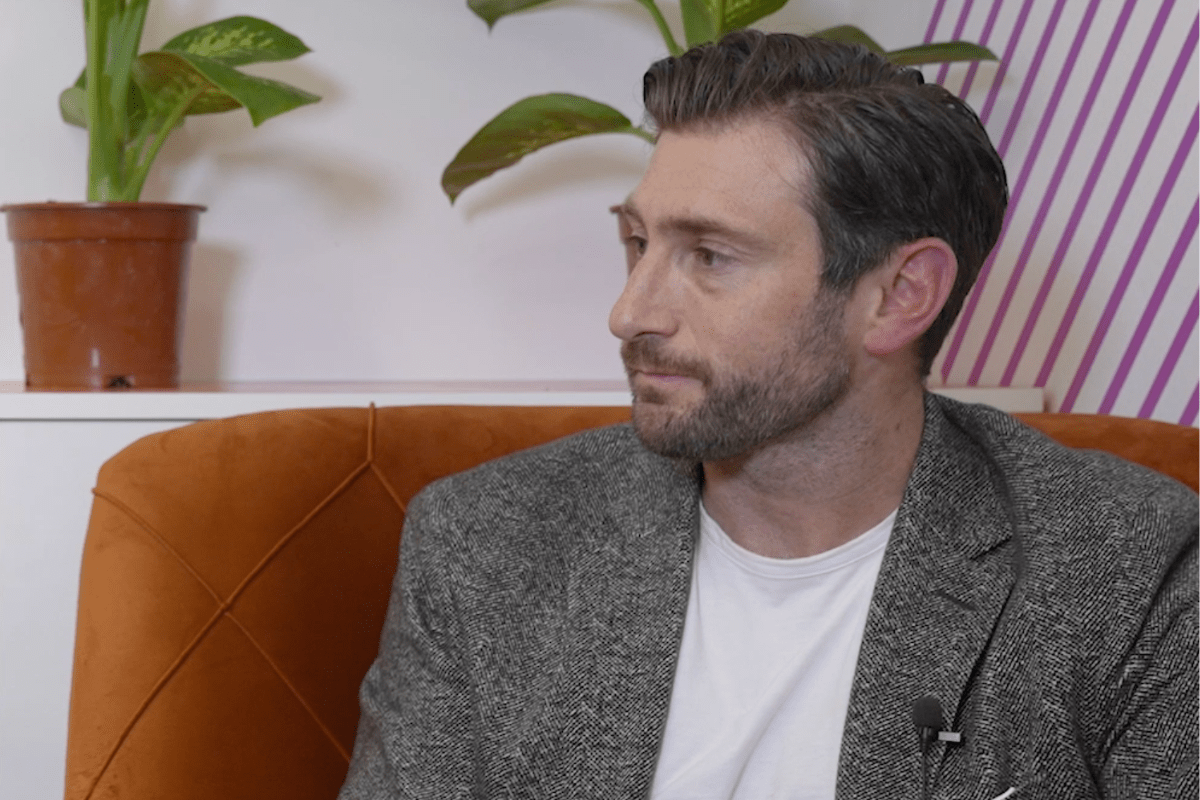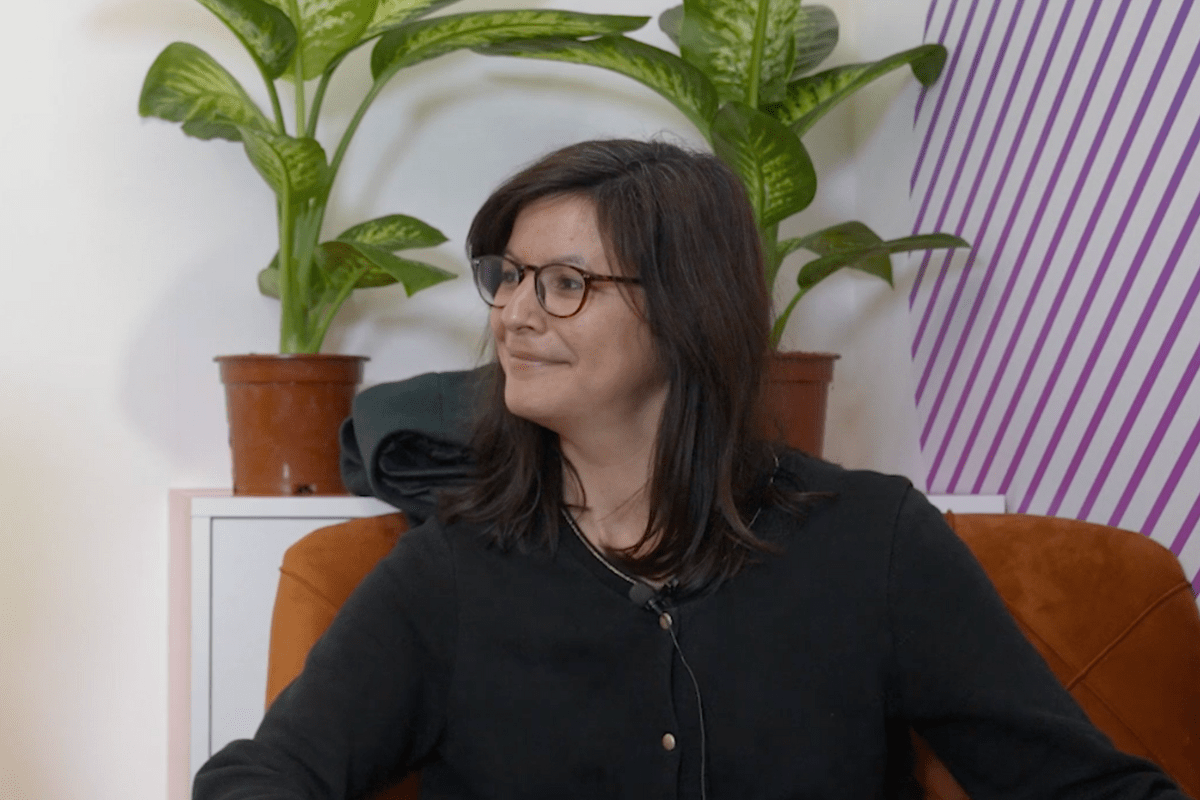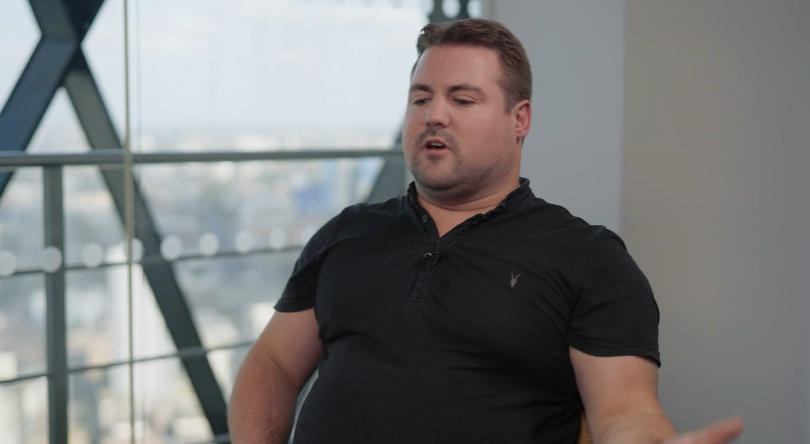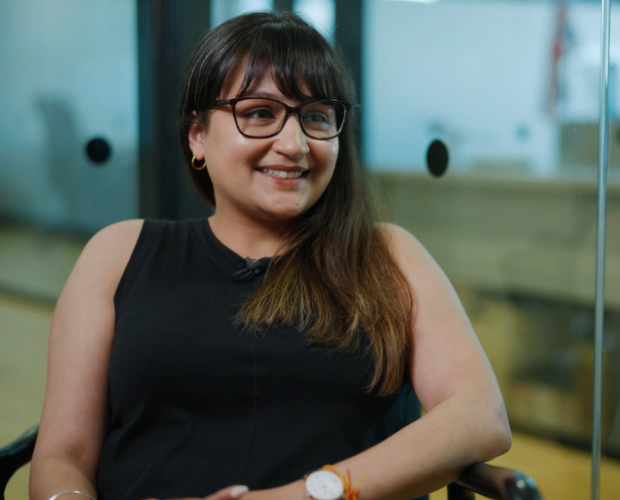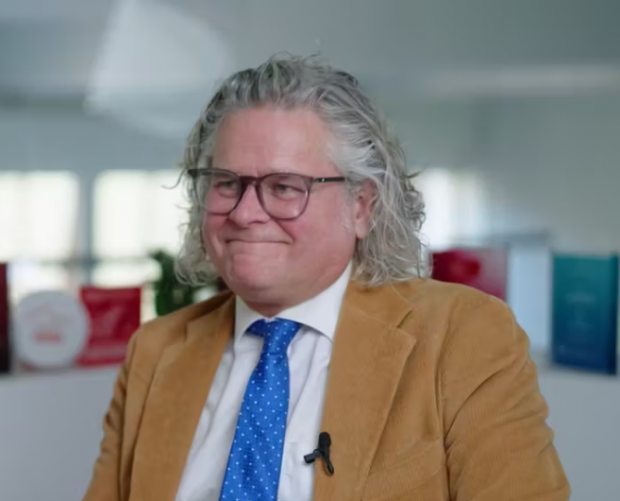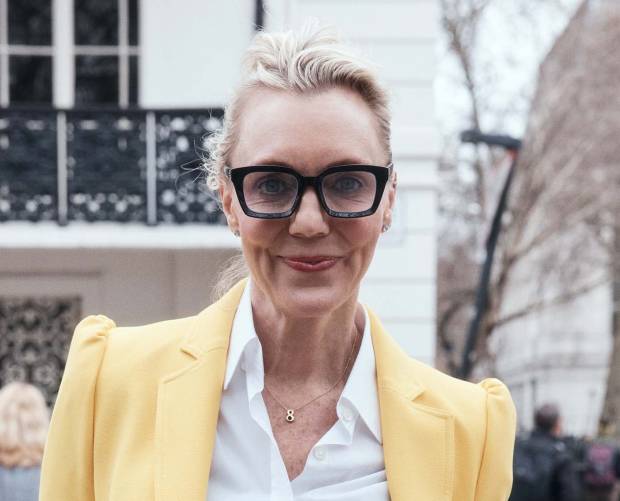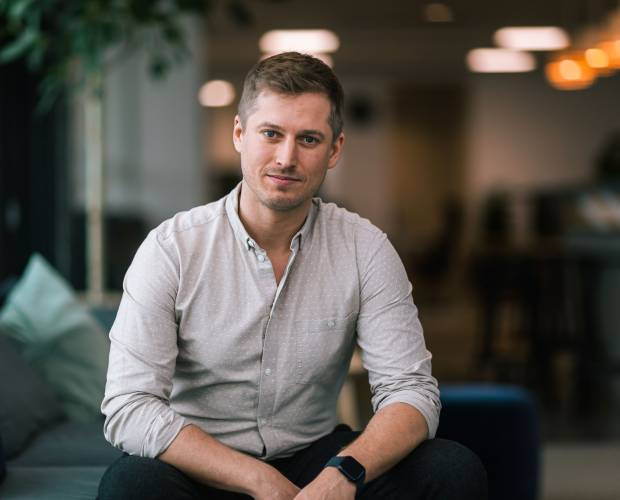Talking mobile with Andre Kempe, founder of Admiral Media
- Tuesday, November 23rd, 2021
- Share this article:
In this interview with Mobile Marketing Magazine, Andre Kempe, founder of award-winning performance marketing agency Admiral Media talks about the past and future of advertising, why he decided to take his company fully remote, and top three mistakes he sees marketers make.
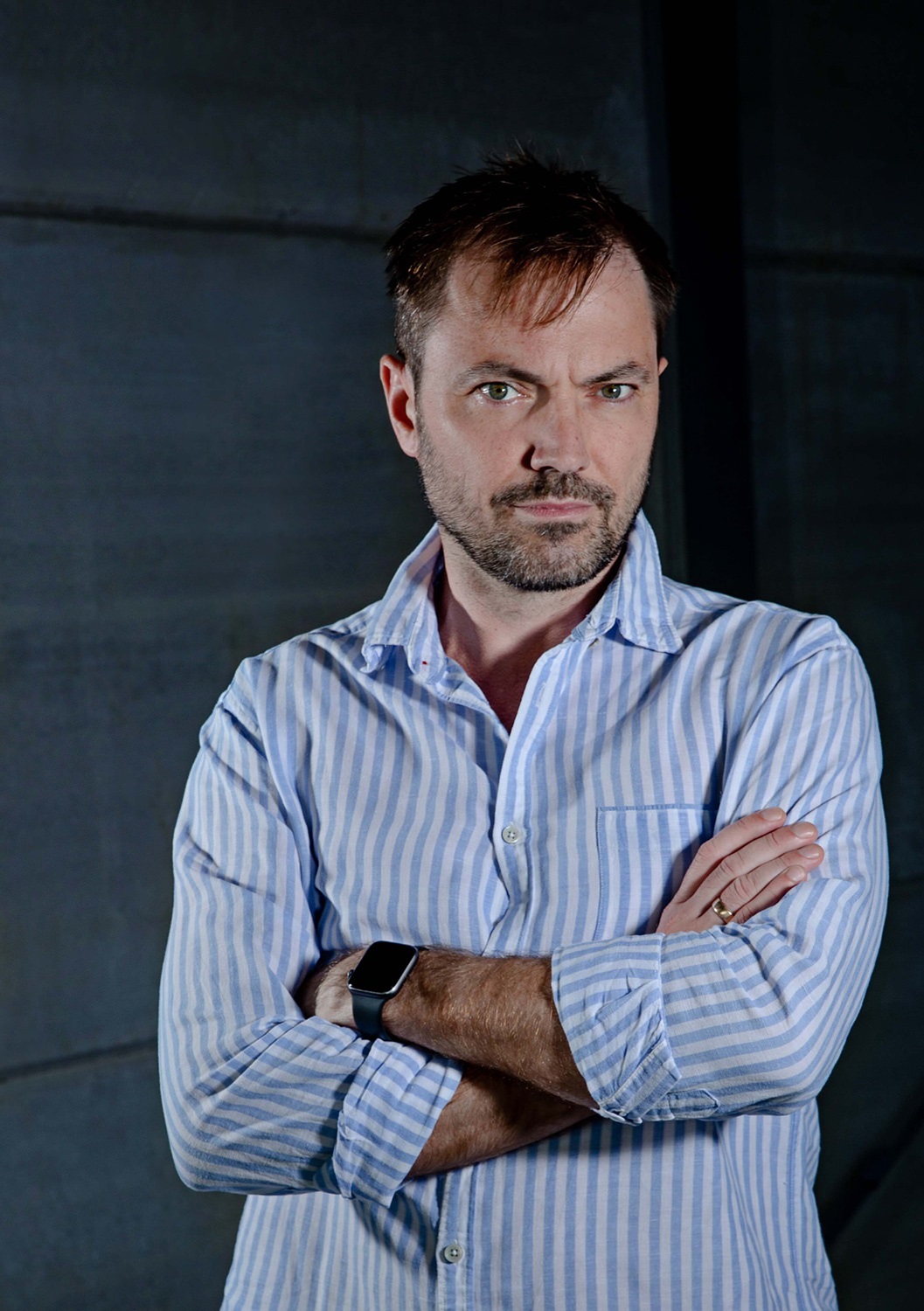 Mobile Marketing: Let’s talk about Admiral first, Andre – how long has Admiral Media been around, and what is your approach to marketing?
Mobile Marketing: Let’s talk about Admiral first, Andre – how long has Admiral Media been around, and what is your approach to marketing?
Andre Kemp: I founded Admiral Media in May 2019. Before that, I was already freelancing for various companies but figured I got too many requests from my network but could handle only a few of them. So, I decided to create a company and hire a first pair of helping hands.
Our positioning is pretty simple: we help companies to scale their customer base. We decided early on that we’d focus on paid marketing only, and that comes with a number of skills you need to develop to be successful: technological setup, creative production, and mastering the processes to get international campaigns up and running successfully.
MM: What is it that influenced you personally to start a business in this field, what do you love about your job?
AK: I started my career in ringtones and SMS services a long time ago – and I picked this because I already felt mobile is the future. When I did my first taps on an iPhone a long time ago, I knew the future is now, and it’s still happening. Every day we see new developments in digital technology and marketing, which fascinates me until today. Seeing new channels like TikTok explode and making them work, testing out new things for our clients – every day there’s a new challenge and something new to discover.
MM: You managed to grow your agency and customer base during difficult times, COVID-19, and major ecosystem changes, lots of uncertainty all around – what were the factors in your success?
AK: To be honest, the pandemic didn’t have any impact on our business – maybe some clients saw an increase in usage and therefore media spend, but from a client perspective nothing has changed. We had our strongest year during the pandemic, but that was driven by the great success we showed with our clients – all leads and clients we get come from our network, so I believe the dedication we put into every client’s project is what makes us successful and makes us win more clients, and a few awards to boot.
From an inside perspective, the biggest impact was certainly that we became a remote-first company, and I am somewhat convinced that this won’t change that quickly.
MM: You’ve mentioned a remote-first model, why did you choose that route, how does it look in practice, and what are the benefits you see?
AK: Well, at the beginning I was quite traditional. Hired locally, opened a small office. When COVID hit us hard in Spain I obviously closed the office and never looked back. I realized that I hired an amazing team that is self-driven, engaged, and motivated to work together as a remote team. I do not see any reason to re-open an office – we all benefit from being available for our families if we are needed, and to get private things organized during regular work hours while still being able to continue working into the evening because this fits our lifestyle or day-to-day situation better. Increased flexibility is an incredible win for all of us, including me.
For our clients, it means that I can hire the best people for the job, regardless of where they live. Being remote also forces us to be structured in our communication and documentation, which is another benefit. Most of my team I have not yet met in person – we are planning to change that in 2022 when we all have our booster shots and can meet with minimal risk for us and our families. Regular team events should help to develop and keep a great company culture long term.
MM: One of the channels you’ve seen extraordinary growth and success with is TikTok. Do you think all brands should get ready to invest there? How should they approach this channel?
AK: TikTok is going through the roof across all ages and demographics, and yes, every brand should invest in this new channel. Not only with paid ads, but also with content creation, working with influencers and the community. There are some caveats to it though – you certainly need to understand what type of content and creatives works for you and how it’s different to YouTube.
We usually help advertisers find the sweet spot between low production effort and effective performance marketing campaigns because you have to know, TikTok’s algorithm is brutal, in both directions. If you have a great creative you will see +1000 per cent results overnight or your campaigns stop delivering entirely. We help businesses to level this out and make sure to identify what works and what doesnt.
MM: You’ve worked with many multi-million user apps and brands. In your view, what do the most successful ones have in common in their strategy, tech, team, or even mindset?
AK: From my perspective, marketing can do a lot for you – brands like Wish are fantastic showcases for the negative side of product experience vs. marketing promise. Our most successful clients use marketing as an important piece in their customer acquisition, but in the end, their product is solving a problem many users worldwide seem to have and this is what makes your company or business successful and long-lasting. Marketing and performance marketing in particular can only be one of the hundreds of pieces that have to play together with UI, UX, onboarding, pricing strategy, brand values and so much more.
MM: Lastly, what are the biggest mistakes you see in performance marketing today that companies should avoid at all costs?
AK: There are three…
1) In-house everything. Yes, as an agency, I’m biased here, but it’s never the best decision. Make use of external resources and best-in-class agencies. If you don’t like to hire agencies, then hire freelancers to get a fresh perspective, challenge your existing setup, processes, and teams. You can’t do this often enough.
2) Sticking to monthly budgets while the market is dynamically changing every day. If you have an outperforming campaign, why not exceed your monthly budget even by 300 per cent when your current customer acquisition is outperforming at this very moment?
3) Not investing in design and copy. I can count on one hand how many copywriters I met in my career. Although brands spend millions of dollars every month, they regularly don’t spend a single cent on professional ad copy. “Click here” is not building your brand and won’t have a lasting effect. In performance marketing, most companies have ignored or even forgotten centuries of expertise in good copywriting and converting campaigning. Creativity should have a stronger standing in every company.




